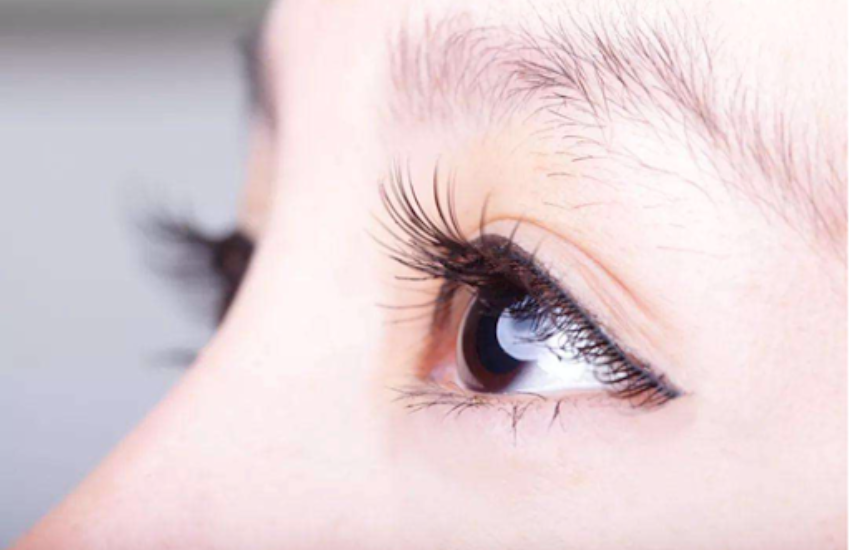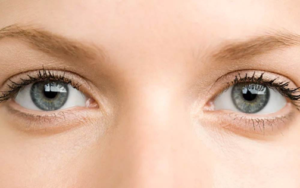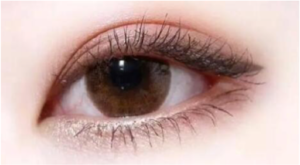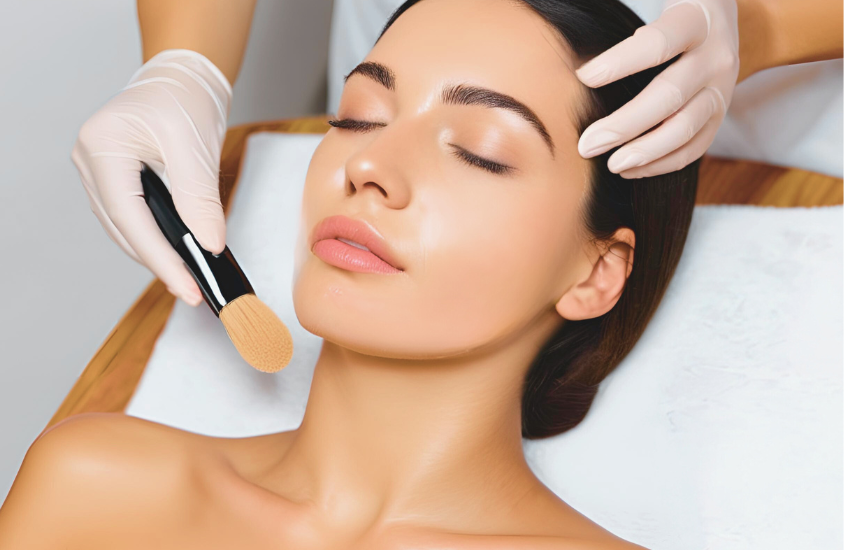
The double eyelid crease is a shallow groove in the skin located above the upper eyelid edge, which creates a distinct fold that is thought by some to be aesthetically pleasing. The skin below this groove moves upward when the eyes are open, while the skin above it relaxes and hangs down. Various factors must be considered when attempting to create an ideal set of double eyelids, including eyelid shape and width, degree of upper eyelid swelling, eyelid opening width, curvature of the eyelid edge, and the proportion between the height and width of the eyes as well as the distance between the eyebrows and eyes.
Double eyelid surgery, also referred to as upper blepharoplasty, is a sophisticated procedure in cosmetic surgery that aims to enhance the aesthetic appeal of one's eyelids. There are several methods for double eyelid surgery: buried suture double eyelid surgery, incisional double eyelid surgery, twisted suture double eyelid surgery, and skin graft double eyelid surgery.


Types of Double Eyelids
- Parallel Type: The double eyelid is aligned parallel to the upper eyelid margin. The creation of the double eyelid crease should be limited to the outer corner of the eye. This type of double eyelid is suitable for those with large eyes, high eyebrow arches, thinner upper eyelids, and a relatively distant distance between the eyebrows and eyes.
- Fan-Shaped: This type of double eyelid has a narrow inside and a wider outside, which is similar to "peach blossom eyes". It is recommended for people with a moderate distance between the eyebrows and eyes, thinner eyelids, slightly upturned corners of the eyes, and a certain angle between the horizontal axis of the eyes and the ground, which creates a lively and energetic appearance.
- Slightly Narrower Width on the Outside: This type of double eyelid is suitable for Western women with no excess skin in the inner canthus and a relatively close distance between the eyebrows and eyes.
- Partial Double Eyelids: One-third to one-half of the eye does not have a double eyelid, with only the outer part of the eye sporting a double eyelid.
- European-Style Double Eyelids: This type of double eyelid is determined by the physiological and anatomical structure of the eyelid plates, and is essentially suitable for the facial bone structure of Europeans. Their double eyelids are often wider and and more distinct, and they have high eyebrow arches and eyebrows closer to the eyes. However, this type of double eyelid is not generally suitable for Asians.
Types of Surgery Procedure
- Buried suture method: This is achieved by suturing the skin and the eyelid plate directly, burying the suture (or high-molecular suture) between them, and causing the upper eyelid skin to adhere to the eyelid plate, forming a double eyelid. This method is simple, less traumatic, leaves no scars, reduces swelling quickly, and does not require suture removal. It is more suitable for young people, those with thinner eyelids and longer eyelid openings, and those without skin relaxation. However, it may not be suitable for those with thicker eyelids, skin relaxation, or older age, and there is a possibility of double eyelid disappearance.
- Incisional double eyelid surgery: This is a permanent type of double eyelid surgery. It involves removing loose skin, the orbicularis oculi muscle, and excess fat through an incision, then suturing the skin to the orbicularis oculi muscle or the levator aponeurosis under direct vision to form a double eyelid. This method requires skin incision, which is slightly more traumatic, but it is more suitable for people with thicker eyelids, skin relaxation, and excess fat. The surgical technique can be customised to achieve different types of double eyelids. In addition, incisional double eyelid surgery has a longer-lasting effect than other methods, and the double eyelids are less likely to disappear. However, there may be some postoperative edema, and it takes longer for the scars to heal.
- Twisted Suture Method: This method entails twisting a suture in a figure-eight pattern under the skin, resulting in the formation of a natural-looking double eyelid without incision. This technique is less invasive than incisional surgery and has a shorter recovery time. However, it is not suitable for people with thicker eyelids or excessive skin relaxation.
- Do not take aspirin-containing drugs within two weeks before the surgery, as aspirin can reduce the function of platelet coagulation.
- Patients with hypertension and diabetes should provide detailed information about their condition during the initial consultation with the doctor, so that the attending physician can confirm the surgical plan.
- Patients should be in good health and free of infectious diseases or other bodily inflammations before the surgery.
- Do not wear makeup before the surgery and avoid eating oily foods. Refrain from drinking water for at least half an hour before going to bed.
- Women should avoid undergoing the surgery during their menstrual period or pregnancy.





